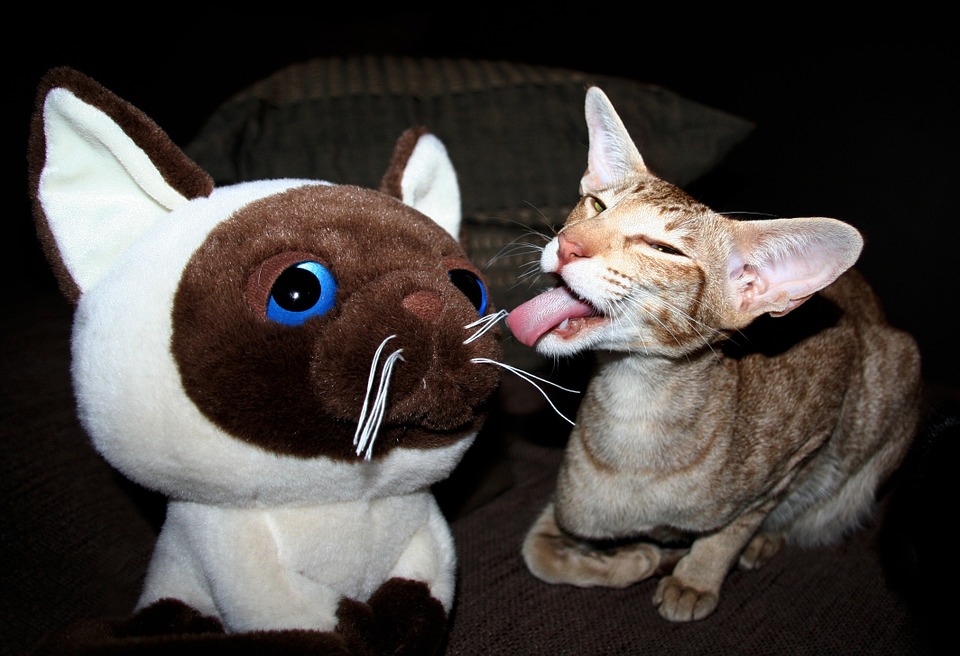Why do cats purr?
A moment of serenity for any cat lover is to have their feline friend blissfully purring their happiness on the lap of their caregiver. We all have our own little ways to express our joy. Humans smile, dogs wag their tail and cats purr.
So, when you cat decides to seek your company by curling up on your lap and you stroke them you will find them purring with pleasure. But purring is always not a sign of happiness. It can just be an emotional response or an indicator of pain. Cats can also purr while they give birth as purring works as a mechanism to help them rest.
Purring is also a behaviour that comforts a cat. It is seen in kittens that are a few days old who purr to call out for their mother for their feed. This type of communication continues even through their adult life.
How do cats purr?
Purring is done by the movement of the muscles of the larynx or voice box when combined with the movement of the diaphragm. The muscles move 20 to 30 times per second.
As they breathe the air touches the vibrating muscles thereby producing a purr. Each purr made by your cat is different. Some are high pitched and others very low. Few are very faint and you need to be very close to your pet to hear it. Others will be so loud that you might just need to stay away.
The purr and meow combo
Cats have a special purr sound that they use when they want your attention, especially when it is feeding time. This is otherwise known as the ‘solicitation purr’ which combines their sounds of purrs and meows. Cat caregivers respond to this sound the same as human parents do to the cry of their baby.

